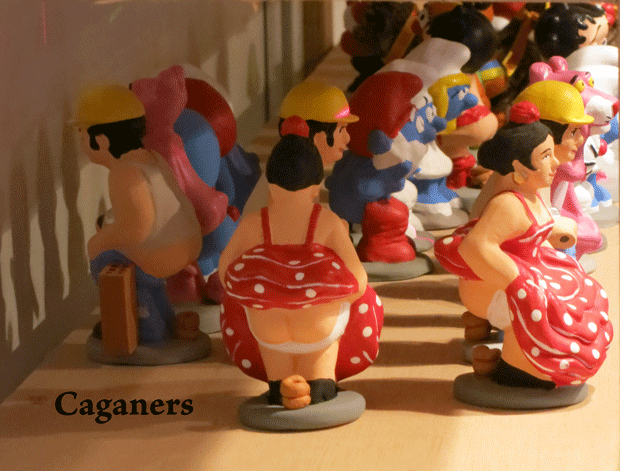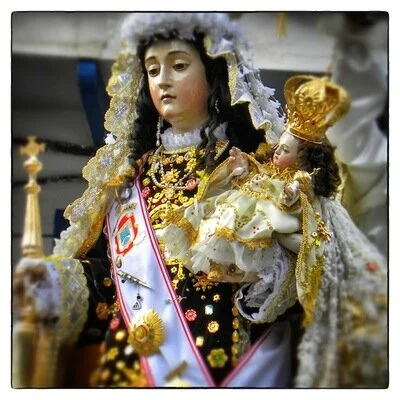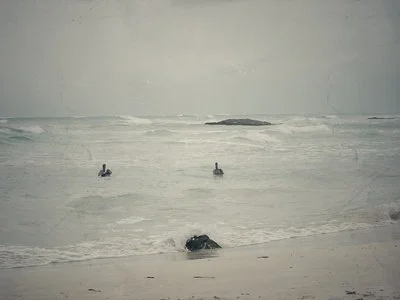by B.J. Stolbov
Today, in a shop in the public market of Siem Reap, Cambodia, I bought myself a wedding ring.
I had a wedding ring already, which I had bought last August in a jewelry shop in the Philippines on one of the hottest days of the year. My hands had been sweaty and swollen when I made the purchase. But as the days cooled, and my hands dried and shrank, it became obvious that the ring was too big. I would often find it dangling at the end of my finger, barely hanging on by a nail, only one intense instant away from eternal loss. I'd catch it and push it back on again.
I didn’t bring the ring to Siem Reap. It just didn’t fit.
It also didn’t fit because I wasn’t sure that I wanted it to fit. I had been married for 20 years and single for more than 10 years. I had slid easily into relationships and had slid easily out of relationships. Until Grace.



























